It takes a lot of imagination to remind oneself that the very same places with heavy tourist footfall – almost 20,000 people during weekends after the monsoons when the streams are flowing full and the place is lush green – also have the ‘elusive ghosts of SGNP’ dropping in at night. “Pug marks and even camera images have shown visits by leopards right up to this place during night,” says Jayesh Vishwakarma, the chief education officer at the Nature Information Centre, which is very close to the entrance gate of the park. The NIC conducts nature trail walks in the park for interested public.
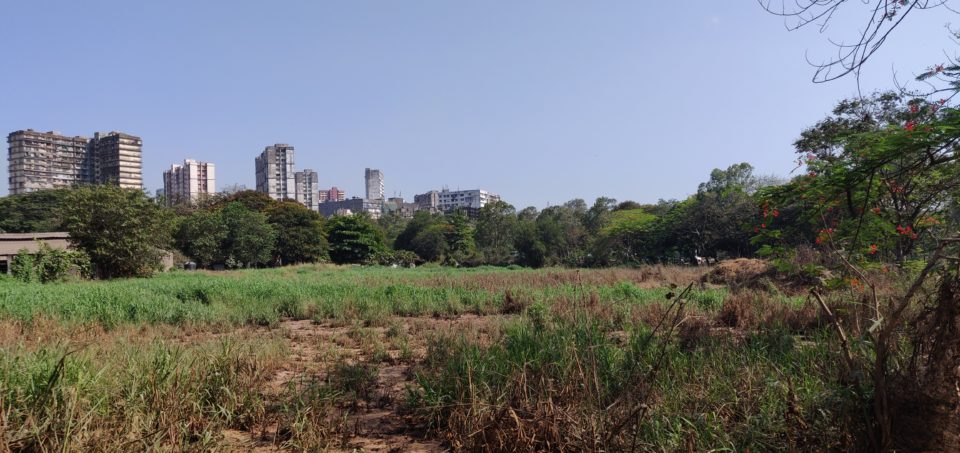
The Aarey Milk Colony which falls within the park boundaries is a typical sample of how the city hovers around SGNP.
Sightings during the day are very rare, unless one leaves the periphery tourist zone and goes further into the park. However, tourists can be seen for quite some distance, given the popular 2400-year-old Kanheri caves with their Buddhist carvings and underground cisterns. Older caves have been discovered more recently.
In fact, a common refrain among the forest department staff is how “human management is more of a requirement here than wildlife management”!
Leopards within the park pose more or less no challenges. It is in the periphery area like Aarey Milk Colony that attacks have been reported, mostly on children. These are places where garbage heaps attract the pigs and dogs which in turn attract the leopards. In fact, around these areas, camera trap images have shown high density presence of more than 4-5 leopards, living in a co-existence belying the norm. “It is not clear how this happens,” says Nikit Surve, WCS-India researcher, who is studying human-animal conflict in the context of leopards in and around SGNP.
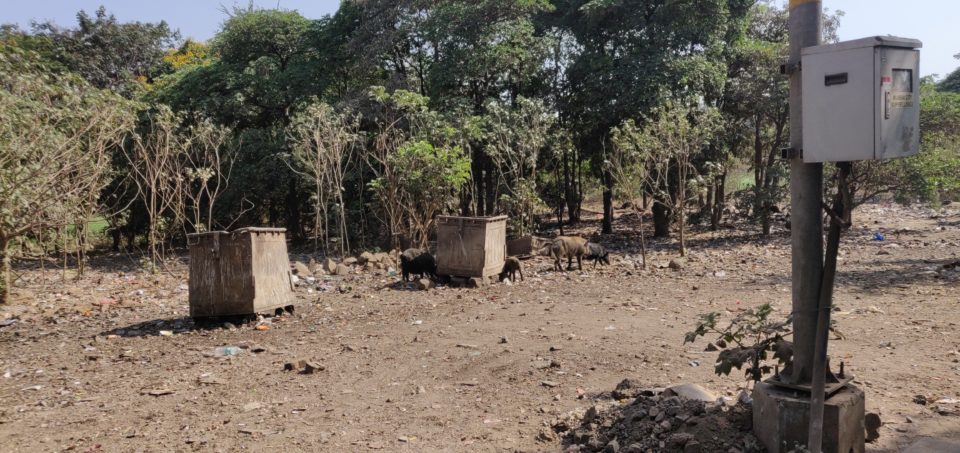
The garbage attracts the pigs and dogs, who in turn lure the leopard for an easy kill.
Encroachments
At 104 sq kms, SGNP almost makes up a fourth of Mumbai and is a vital lung space for the crowded city of 20 odd million. Made of several hill ranges with elevations from 30 to 480 metres, and home to 1,300 species of plants, 250 of birds, 40 of mammals and nearly 40 types of snakes, the park is a unique biodiversity spot in the centre of a teeming metropolis. The Strobilanthes callosus is one of the attractions of the place. Flowering once in eight years it covers parts of the park in lavender hues. The last time was in 2016. Besides the leopard, SGNP is believed to have barking deer, mouse deer, striped hyenas, flying foxes, porcupines, and many snakes, according to an IUCN report.
Much like the rest of the country, here too the forest cover has been shrinking down the years. Forest fires set off for agriculture and land acquisition has been cited as one reason. Around 4 kms of forest was burnt in fires set off last December. The SGNP has witnessed a 300 pc rise in fires during 2015-18 according to the forest department.

Many such settlements can be seen through the park.
Encroachments by slums and the land mafia have added to the issue, with more than 8 percent of the land degraded in terms of vegetation, as revealed by space imagery.
There are said to be around 250,000 people living inside the park today. More than 50 settlements are illegal encroachments. Leopards too on their part have chosen to ignore park boundaries and are sighted in extended areas far beyond SGNP. But unlike their noisy human counterparts, these felines take care not to be seen. Recent camera trap images have shown a jogger and leopard – both residents of the area-- use the same path, not more than ten minutes apart!
The involvement of the forest department initiative ‘Mumbaikars for SGNP’ has helped spread awareness and reduce conflict by educating people on appropriate practices. These include garbage management, tips on how to stay safe when venturing out at night, what to do on encountering a leopard, etc.
Living with the leopard
Speak to the tribes living inside the park and they casually shrug off the presence of leopards. “Three years back we had a couple of attacks, but nowadays we hardly see the animal. They have enough food in the forest, the deer numbers have risen you can see,” says Shantamani, selling some snacks on the roadside. This is the usual response of most people living inside the SGNP. Leopards are the least of their concerns. Water and electricity are.
The mud and dung houses of yore have been replaced with metal sheets. The poorer lot live in huts topped by plastic sheets. Wood is tough to find, and so too dung as cattle is not permitted inside, says Santosh who works as a caretaker of a building outside the park. Power is tapped from some buildings outside the park, for which the residents pay a hefty Rs 1000 a month. Water too is pilfered from the huge pipes carrying water to the city during the summer. Come monsoons, there is plenty in the streams nearby.
A few of them have availed of the Modi-government scheme on cooking gas, but many still rely on firewood from the park. A recent drive by the department had uncovered around 28 snares in one range, indicating that hunting is an issue.
Typical of the Mumbai dichotomy, here too you will find the poor lot, subsisting on monthly salaries of Rs 800 and also the wealthier few who earn around Rs 15 lakh monthly, accruing from ancestral land rented to Film City, etc in the park periphery.
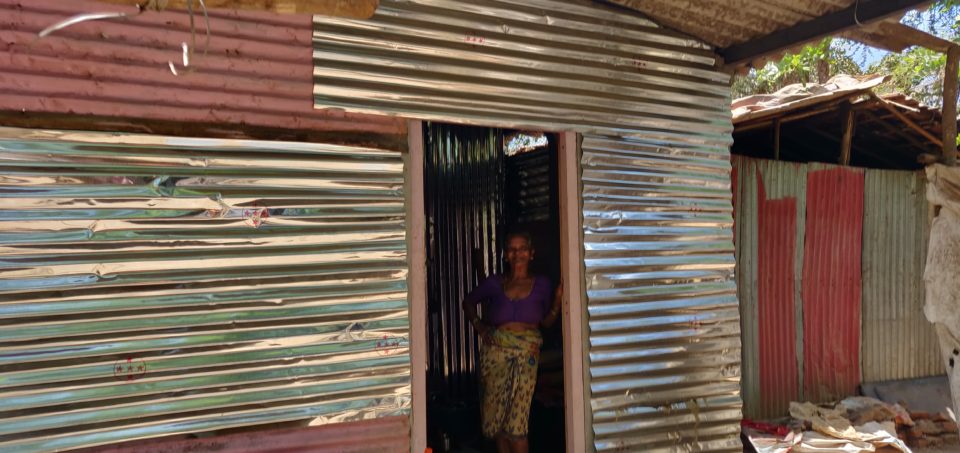
Tin sheets have replaced the mud and wood structure of yesteryears in the hamlets.
Few takers for relocation
Relocation has been proposed but stalled due to couple of reasons. For one, scarcity of land nearby, and two, the demands from the people. Speaking from his tin house, Sankar says that the houses offered to them are too small and unfit for families with grown up kids. He says that his present house is far better! The government package offers a 304 sq feet dwelling for slum dwellers and 480 sq feet for the tribals.For many, moving out is not an option simply because this is where they have lived most of their lives. Finding jobs outside is another concern. Many of the women folk work as maids or cooks while the men double up as drivers, gardeners and temporary forest staff. “Who will employ us if we move out,” asks Ashabai who works as a cook at the NIC, earning around Rs 800. Her two sons works as temporary staff for the department. Her daughter is 18 years of age, but that’s “too early to marry her off.”
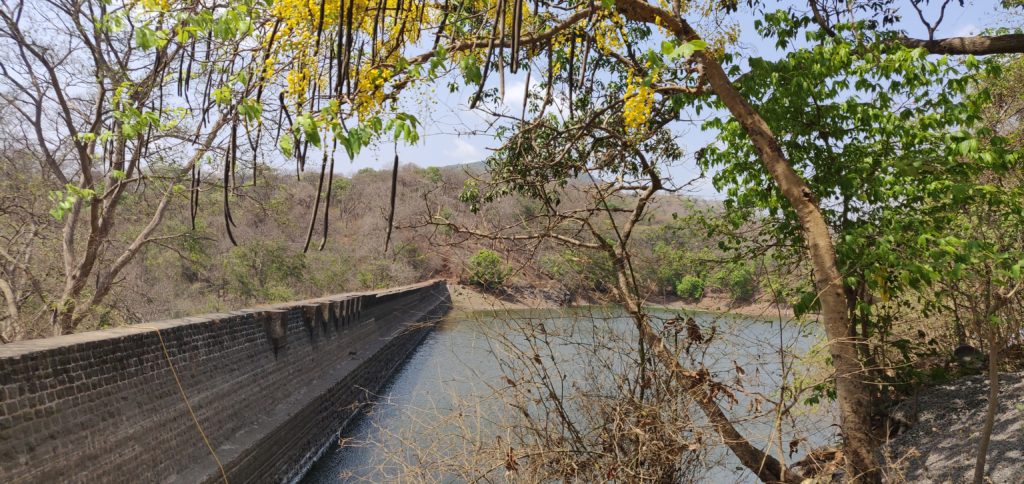
The Tulsi lake seen here, along with the Vihar lake, fall in the park and cater to around 10 percent of the water requirements of Mumbai city.
Today the park is also under siege from various infrastructure works, the latest being the Mumbai-Ahmedabad bullet train project which will run across the northern part of the park. The corridor connecting SGNP to Tansa and Tungareshwar sanctuaries was already cut when road widening near Ghodbunder was undertaken. Now there are also proposals to dig up two tunnels under SGNP to connect the eastern and western parts of the city, a ropeway across, as well as the multimodal transport corridor from Virar to Alibaug, all of which will disturb the park.
The ‘hard edge’
Whether it be the Bhandup, Thane or Mulund side of the park, residential apartments, high rises and slums have come up right next to the park and often with no buffer space. The ‘hard edge’ of a protected area cannot get any harder than this.
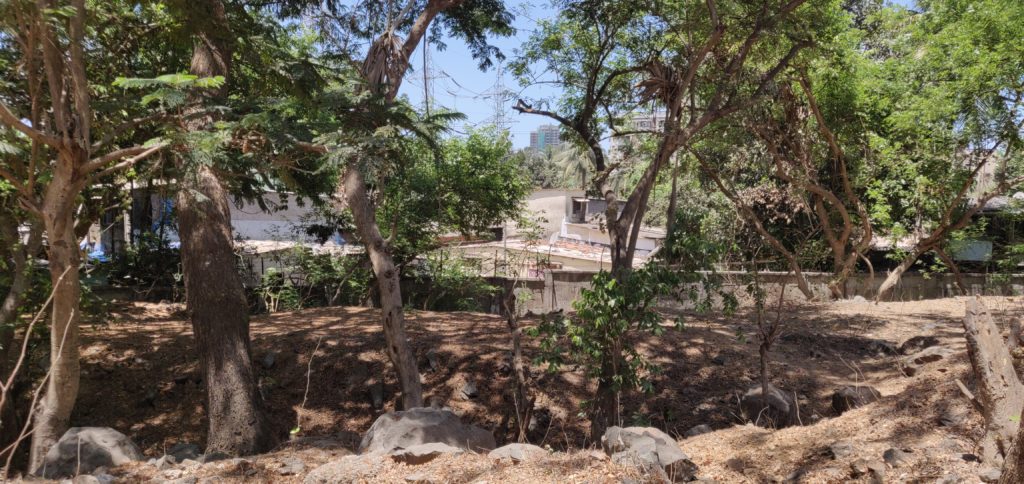
Separating the protected area and the city outside is a very modest compound wall; even this is only in some stretches with large parts having no marked boundary whatsoever.
There are many stakeholders here at SGNP, going beyond the forest department and resident communities, as pointed by Nikit. There is the state electricity board ensuring the health of the towering power transmission units that run across the park. The water supply board handles the supply of water from the two lakes inside to Mumbai city (this water caters to almost 10 pc of the requirement). The archaeology department is in charge of the ancient sites, and the Air Force has a communication base located at one of the peaks. And then the tourists. Not to forget the wildlife and the SGNP mascot, the leopard.
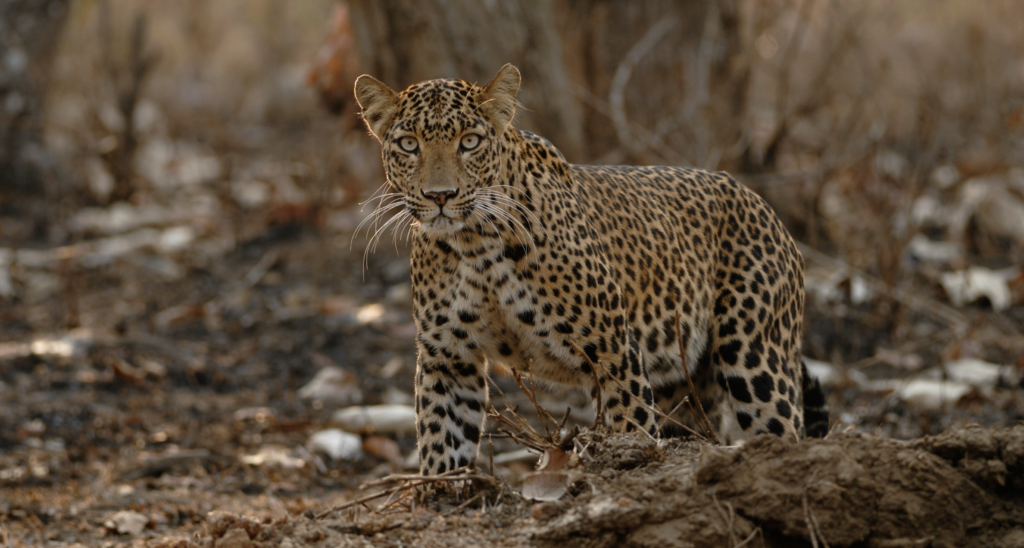
Now you see me, now you don't! © Kalyan Varma
But if there is one thing that stands out amidst the expanding urban chaos, it is the way the leopards navigate their way in and around the park with minimal problems to humans. “This lesson in co-adaptation is the way forward to wildlife conservation in urban landscapes,” as noted by Dr Vidya Athreya, Associate Director at WCS-India and member of the IUCN Cat Specialist Group. The highly adaptable leopard has made good use of the resources the city and its residents provide, in terms of dogs, rodents and pigs and learnt to survive in a changing landscape.
'Out, damned spot'?? No way.
Written by Jayalakshmi K